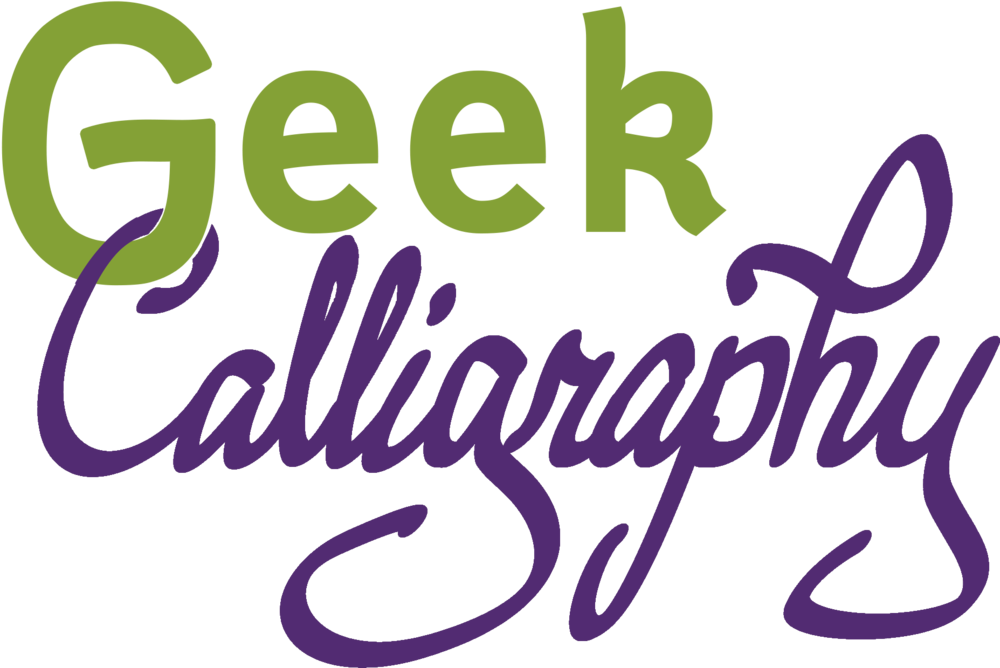Looks totally different than my calligraphic hands. (Honestly it looks like a combo of my parents handwriting.)
If you want to learn to do calligraphy, it doesn't matter what your handwriting looks like. You must be able to hold a pen for extended periods; hold your hand steady; draw a short, straight line; and draw a curve. If you can do that, you can learn calligraphy. Some people, for many good reasons, cannot do these things. And while this might also lead them to have less legible handwriting, poor handwriting is not the reason they wouldn't be able to do calligraphy. Correlation not being causality and all that jazz.
Misconception number two: you must be really patient to do calligraphy
I have a hard time not scoffing whenever I hear this one. I'm a very impatient person. Perhaps not more than the average person, but I can only see what goes on inside my own head. Really, I am not patient. What I am is tenacious, perfectionist, meticulous, and stubborn as all get-out. If all you see is me sitting, making stroke after deliberate stroke with my pen, yeah, it might look like patience. But it's being fueled by something very different.
In one respect I suppose it is kind of true that you must be patient, in that calligraphy is not a craft that you can pick up quickly. I had been doing calligraphy as a hobby for seven years before I apprenticed to a professional. I went through 3 months of apprenticeship before I was even allowed to do the smallest bits of jobs for clients. I did small professional jobs for two years before I started doing bigger ones. Even now it takes a while to complete any one piece.
So yeah, I spend a lot of time perfecting my craft. But so does any artist. Or author. Or athlete. And probably lots of other professions starting with other letters. But I bet that Yo-Yo Ma, N.K. Jemisin, and Serena Williams don't get told "Wow, you must have so much patience" in response to their explanations of their careers, even before they became famous.
So just because you are an impatient person, don't think that you cannot do calligraphy. Sometimes it will be hard and boring, yes, but if you want it enough, it will be worth getting through that time to get to the reward at the end.



